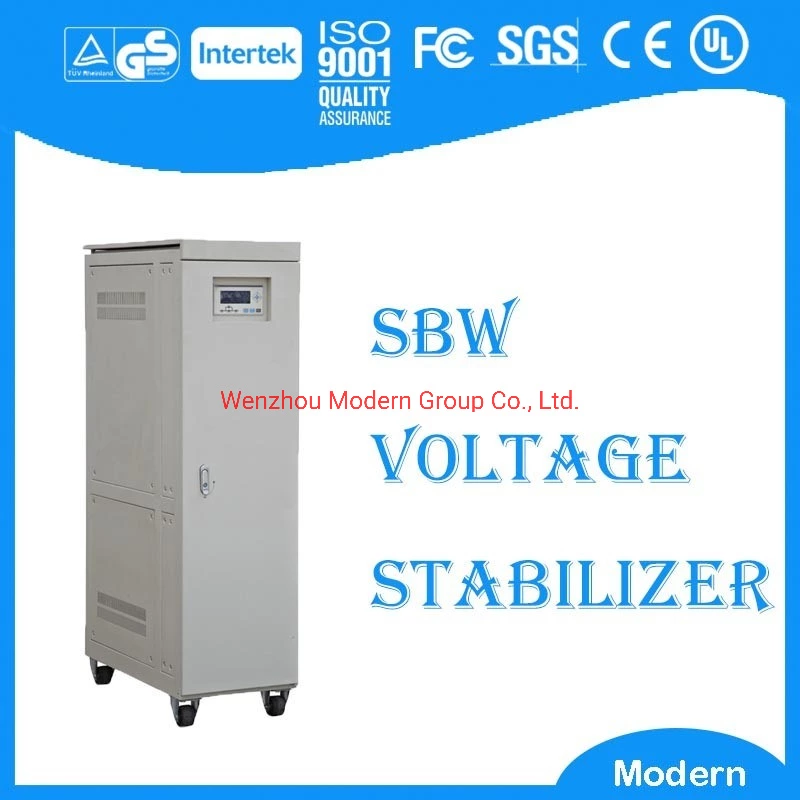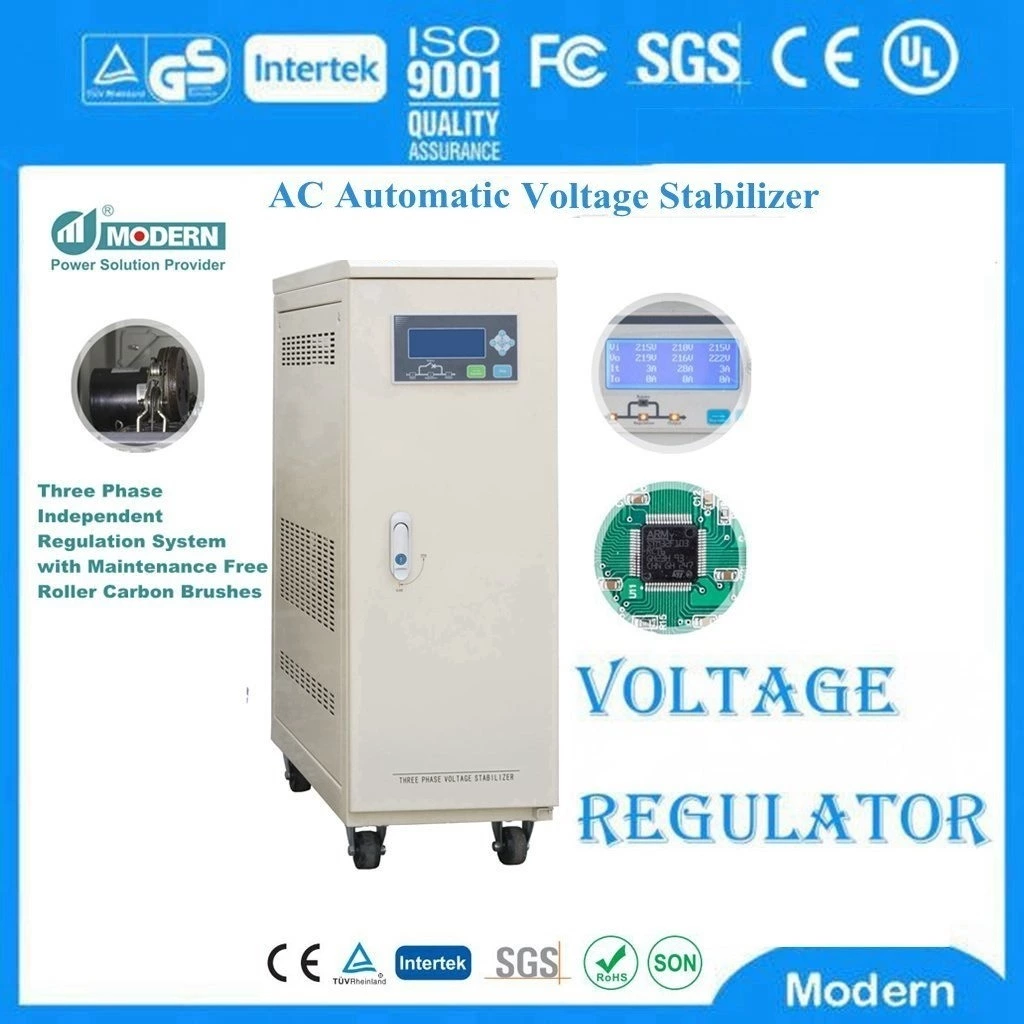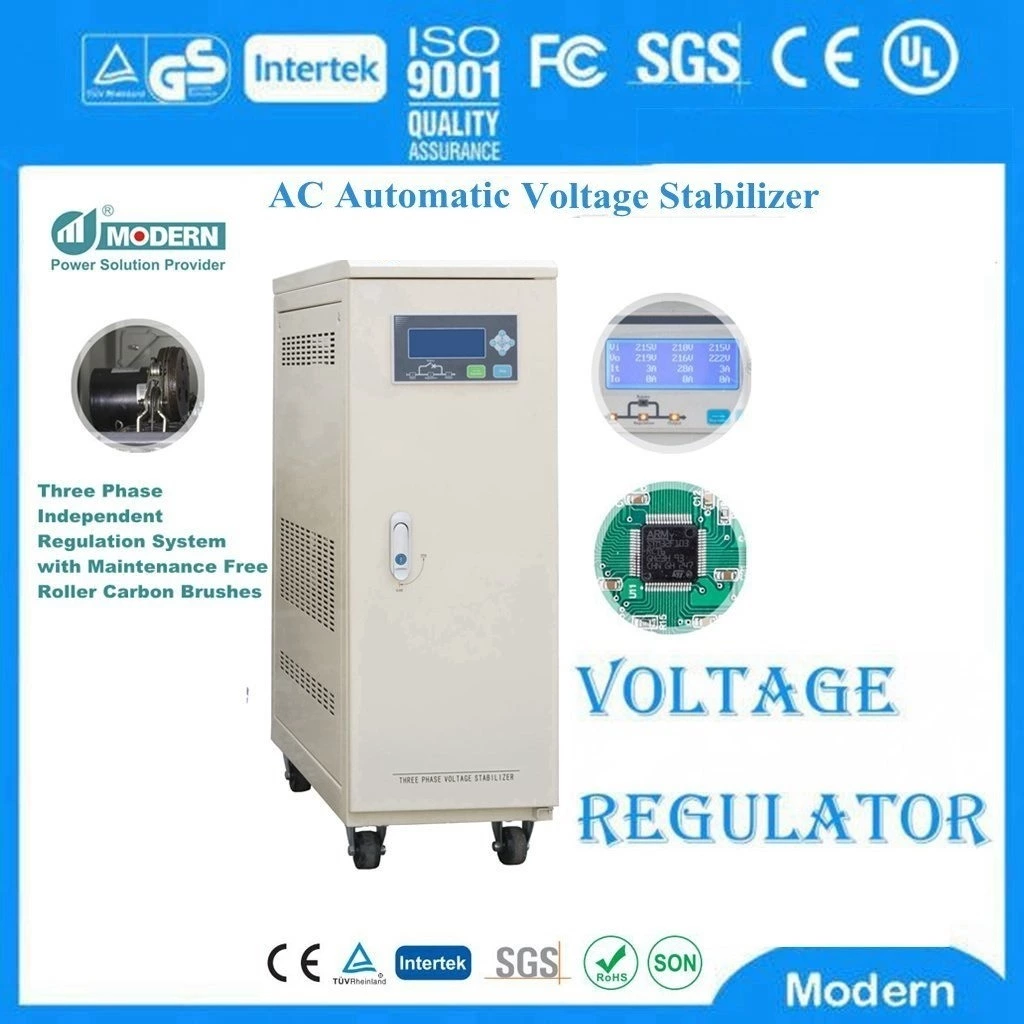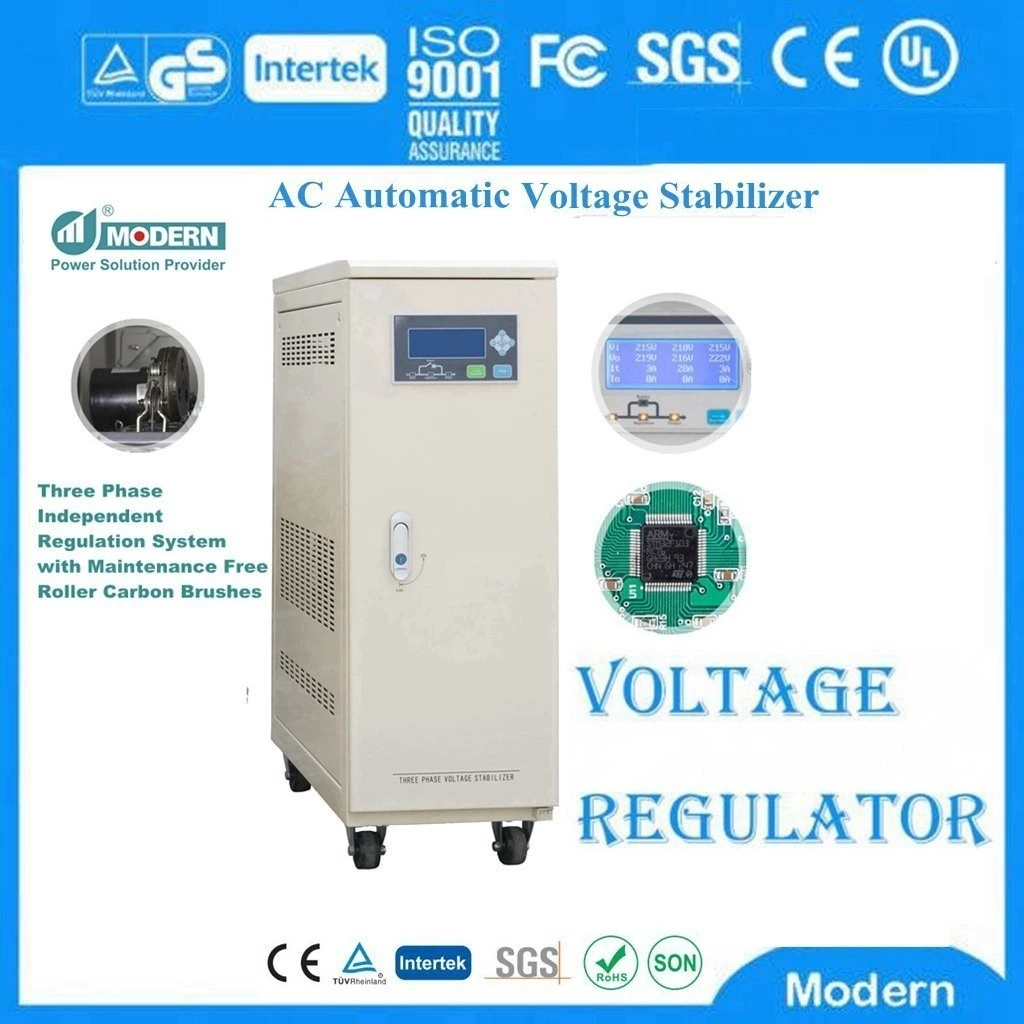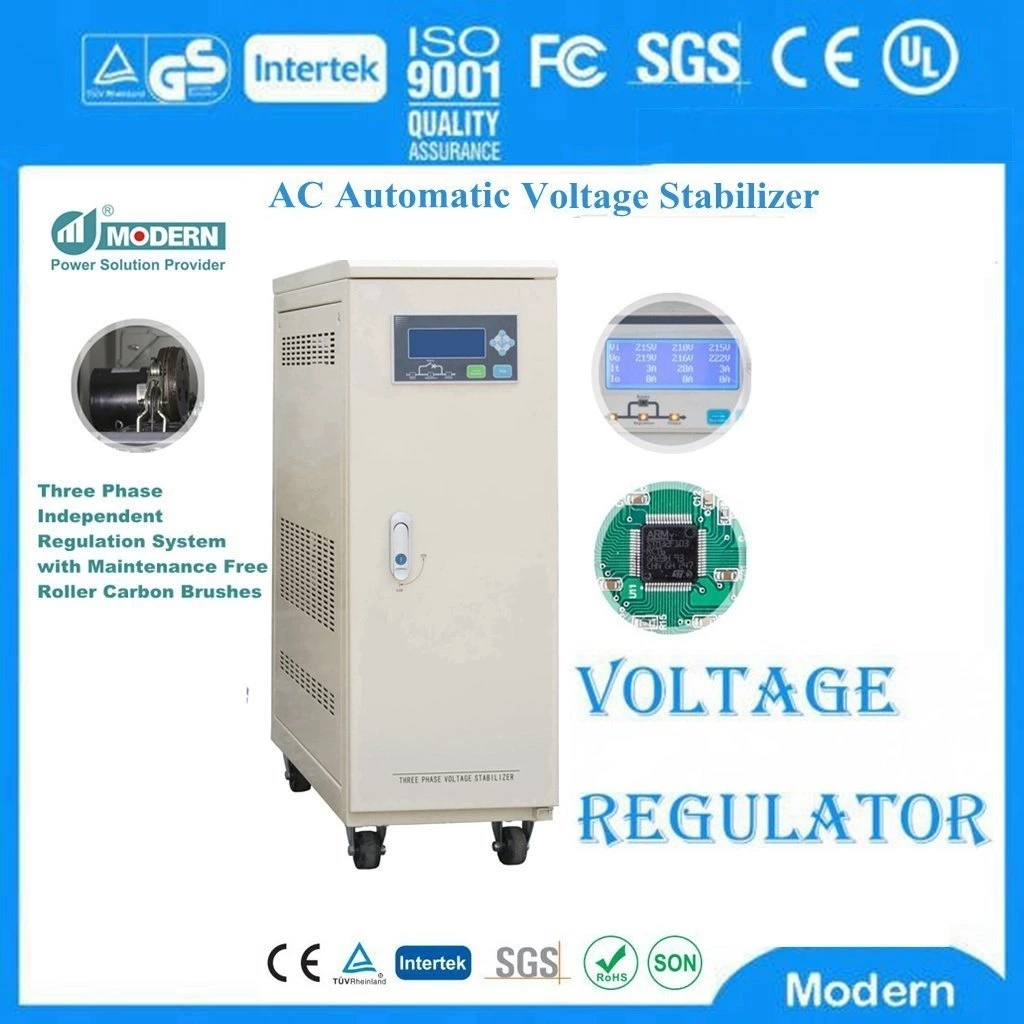Development Of Dry-type Transformers
Since the German AEG company developed the first 400kVA/20kV epoxy cast dry-type transformer in 1964, dry-type transformers have entered a stage of great development. At the same time, the United States also discovered Nomex insulation paper, which can be used as the insulation material of H-level Dry Type Transformer. Therefore, there are two major types of dry-type transformers at present, one is epoxy type and the other is Nomex paper type.
At present, in developed countries such as the United States, Germany, and Japan, the output of dry-type transformers has accounted for more than 20% of the output of distribution transformers, and dry-type transformers have accounted for 80-90% of the complete substations.
The "2013-2017 China Dry-Type Transformer Industry Market Demand Forecast and Investment Strategy Planning Analysis Report" shows that my country has become the country with the largest production and sales of dry transformers in the world. At present, various high and low voltage electrical products from abroad occupy some important domestic markets, but dry-type transformers have almost never been imported from abroad since the end of the 20th century. In key projects and major projects in China, it is difficult to find traces of foreign dry transformers. Under the current organizational construction mode of my country's transmission network, the proportion of 10k V dry-type transformers has increased year by year.
At present, the pace of urban and rural power grid construction has accelerated, and my country's power generation and electricity consumption are increasing day by day. Generally speaking, for every 1kW increase in power generation, the total transformer capacity needs to be increased by 11kVA; and Satons distribution transformers account for about 1/3-1/2 of the total transformer capacity. It is estimated that dry-type distribution transformers account for about 1/5-1/4 of all distribution transformers. Driven by the investment in power grid construction, the transformer industry is booming, and the output will maintain a growth rate of about 20% after 2010. According to historical experience and changes in the transformer voltage level structure, the proportion of distribution transformers is about 40%. According to the proportion of 40%, my country's new dry-type transformer output will reach about 200 million KVA.
In my country, in 1966, Shenyang Transformer Factory successfully developed ZSG-1800/10 guided air-cooled H-class dry-type transformer, Shanghai Transformer Factory successfully developed SG3-800/10/1.2/0.4 three-coil self-cooled H-class dry-type transformer, and in the late 1970s, Shanghai Transformer Factory independently designed and developed SCL-630 epoxy casting transformer. In the past 20 years, with the development of the world economy, dry transformers have achieved rapid development in the world, especially in distribution transformers. The proportion of dry transformers is increasing. According to statistics, in developed countries such as Europe and the United States, it has accounted for 40-50% of distribution transformers. In my country, it accounts for about 50%. From the perspective of output, my country's dry-type transformer output has increased significantly since the second urban power grid transformation conference in 1989. Since the 1990s, it has increased at a rate of about 20% per year. The total output in 1999 was close to 10,000 MVA (this value has greatly exceeded the 4,500 MVA predicted 10 years ago), and the total output in 2002 reached 20,000 MVA, and in 2004 it reached 32,000 MVA. Such a growth rate is unprecedented in the world.
From the above data, it can be seen that my country has become one of the countries with the largest production and sales of dry-type transformers in the world, and has been at the world's leading level in terms of factory scale, product capacity, voltage, etc.

 Русский
Русский
 Français
Français
 Português
Português
 Español
Español
 اللغة العربية
اللغة العربية
